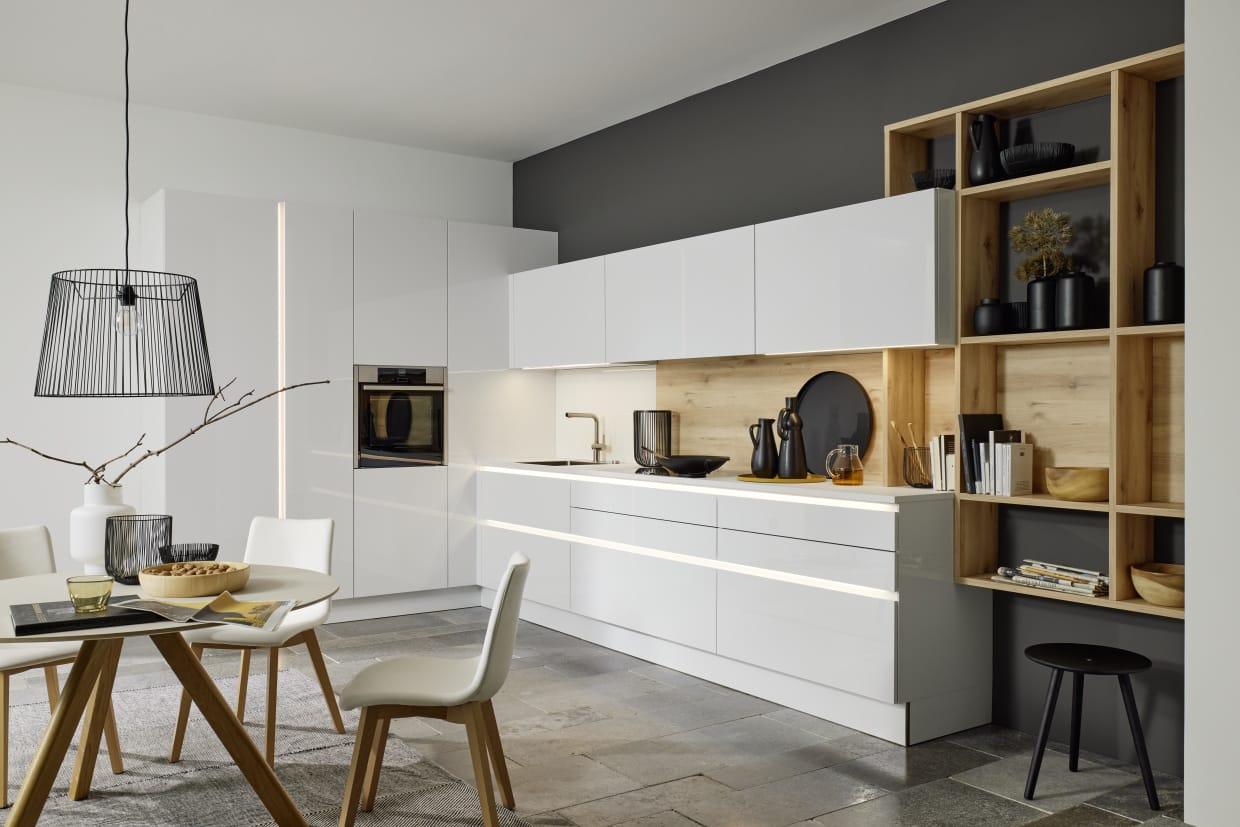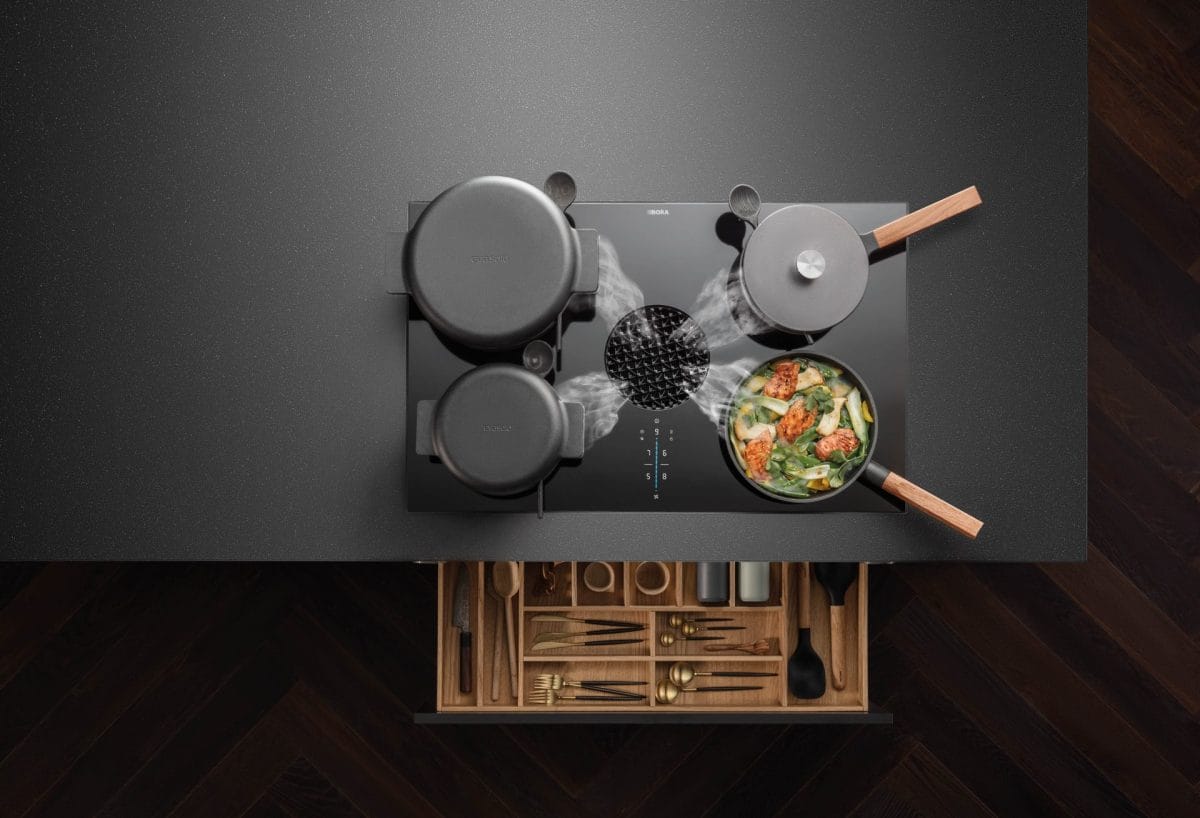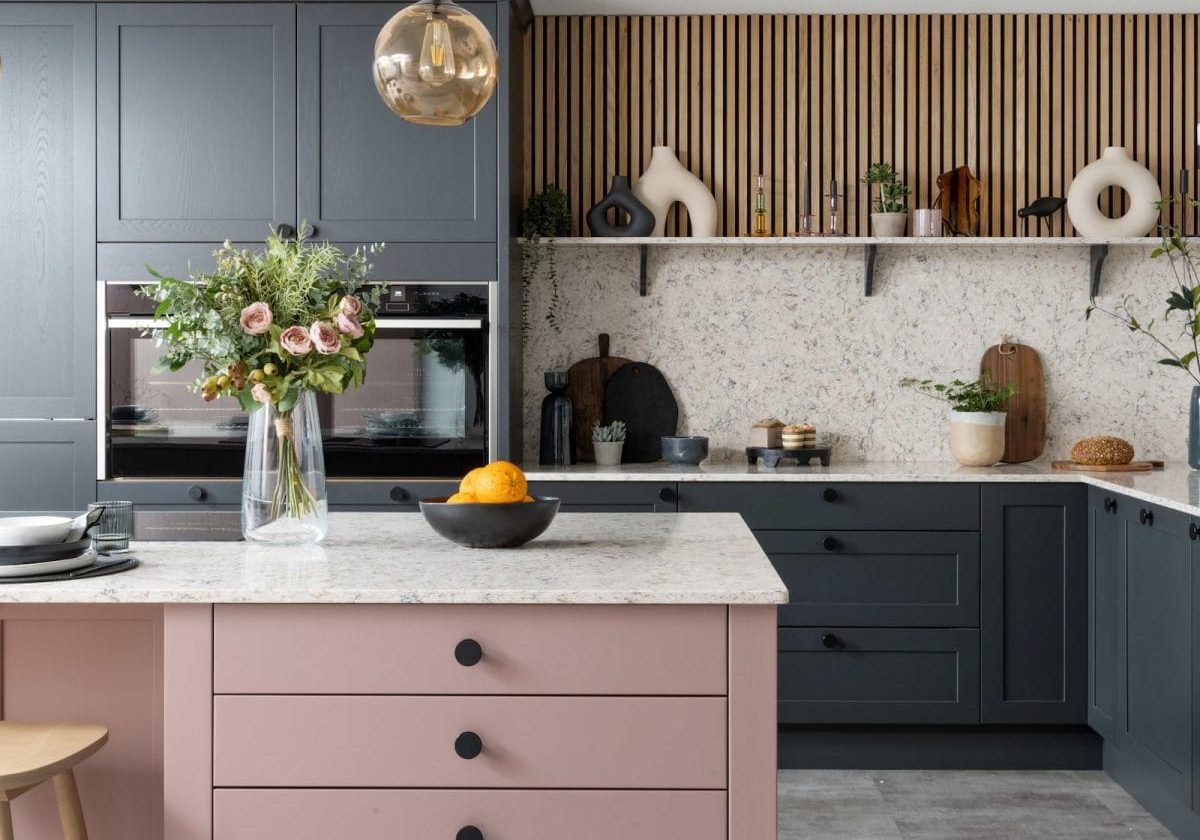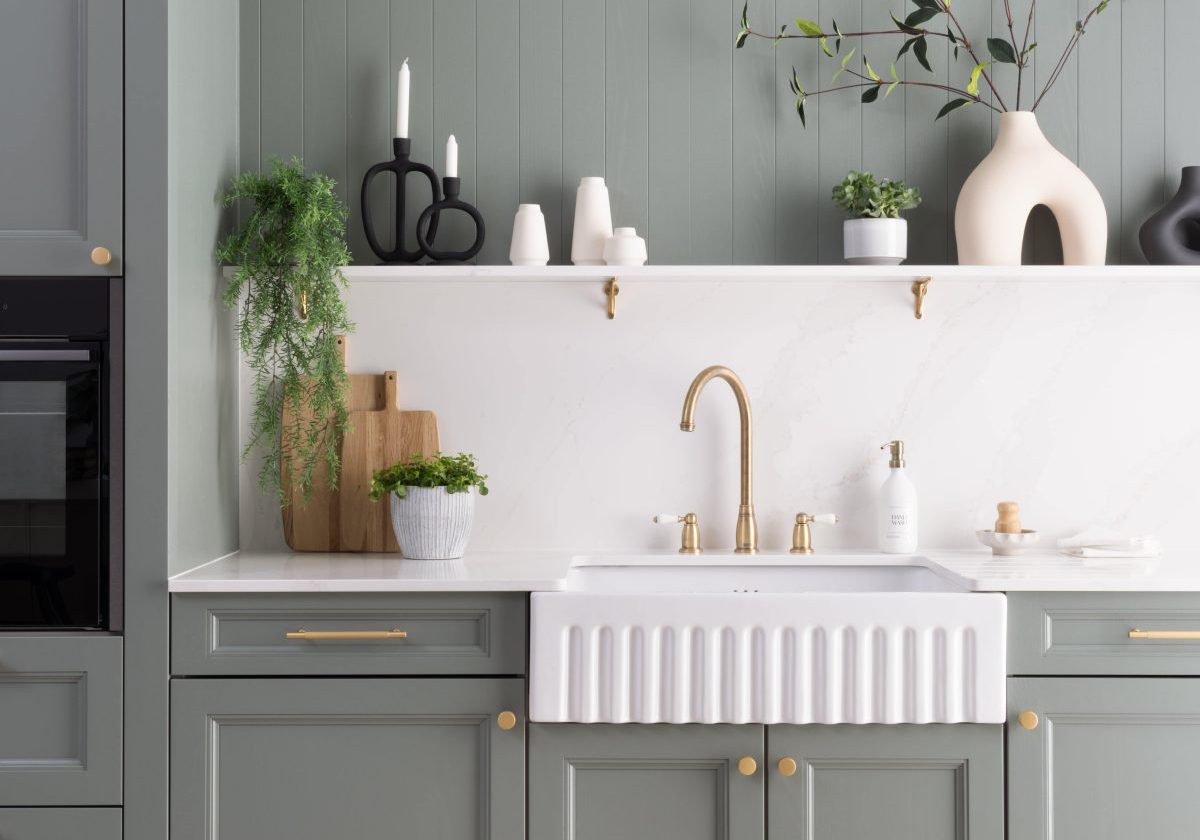
How to Choose Your New Kitchen
Choosing a new kitchen can be an exciting yet daunting task. It's a significant investment, and you want to ensure that it meets your needs and preferences. Here are some steps to guide you through the process:
- Assess Your Needs: Determine how you use your current kitchen. Do you love cooking and need lots of worktop space and storage? Or is your kitchen more of a social hub where friends and family gather? Understanding your primary use will help you prioritise features.
- Set a Budget: Kitchens can vary greatly in cost, but a good designer will work with you to make the most of your budget to include everything you want to include in the space. Establish a budget that includes cabinets, worktops, appliances and installation and don’t be afraid to ask your designer to make cost saving recommendations. They should tell you exactly what everything costs so you can decide if you want to perhaps choose a lower specification of appliances, so you can include your dream worktop choice.
- Research Styles and Trends: Look at different kitchen styles and visit kitchen showrooms to get a good idea for what style you prefer—contemporary handleless designs, which are often by German kitchen manufacturers, or more traditional shaker styles, which can be modern or traditional, depending on the colours and door style. Sites like Pinterest and Houzz are great for inspiration but always be aware of the size of the room to be realistic about what will fit in your space. Home improvement magazines are also great for gathering ideas.

What Factors Should Be Considered When Planning a Kitchen?
When planning a kitchen, several key factors should be taken into account to ensure practicality, functionality and style:
- Layout and Workflow: The kitchen layout should support efficient workflow. Common layouts include U-shaped, L-shaped, galley, and open-plan designs. Most often your room shape will already be determined by your house, however a good kitchen designer will be able to suggest the best layout to suit the space. Consider the "kitchen triangle" principle, which connects the oven, sink and fridge to streamline cooking activities, but only use it as a starting point, you don’t need to get too hung up on it, as it’s not crucial for your fridge to be at arms length for example. More tricky spaces are where talented designers really show their expertise, as they will often make suggestions for the design which you haven’t yet considered.
- Storage Solutions: Adequate storage in your kitchen is crucial. Sure, open shelving and display cabinets look great, but they’re not really designed for Tupperware! So ensure you’ve planned enough cupboard and drawer space for all your kitchen essentials first. Drawers are far more practical for storage than cupboards as they allow more easy access. Think about pantry space and innovative solutions like pull-out shelves and corner units if the space will allow too. Designing clever storage options can help maximize space, especially in smaller kitchens.
- Lighting: Good lighting is essential for both functionality and ambiance. Incorporate a mix of task lighting (under-cabinet lights), ambient lighting (ceiling fixtures), and accent lighting (decorative pendant lights). In shaker kitchens, feature glazed units look stunning with lights incorporated, especially at dusk. In more contemporary designs we love nolteneo, our German made collection of handleless kitchens from Nolte, the handle trim profile has integrated lighting which looks stunning and adds warmth to the kitchen.
- Materials and Finishes: Choose durable and easy-to-clean materials for worktops, cabinets, and flooring. Quartz and Dekton are popular choices for worktops, and ultra matte doors are fingerprint proof, helping keep your kitchen looking its best most of the time. We like Dekton for work surfaces, which is a carbon neutral ultracompact porcelain surface with a large selection of styles inspired by the beauty and aesthetics of natural stone. It’s scratch and impact resistant making it ideal for everday use in a kitchen. It’s hardness equals quartz, scoring 7/10 on the Mohs scale of mineral hardness.
- Appliances: Select appliances that fit your needs and space. As much as we love the latest innovations in cooking appliances we always advise to keep the choices modest, to ensure you don’t exceed your budget on appliances alone, as they can soon add up, especially if you require a whole suite of new appliances for your kitchen, such as oven, microwave, hob, extractor, fridge, freezer, and dishwasher. The choice of brand and specification can literally double the budget. A good designer will make suggestions to ensure the appliances included suit your cooking requirements and overall budget. An area which has seen great advancement in recent years is extraction. The latest venting hobs from Bora and Neff incorporate an induction hob with a downdraft extractor, which means a wall or ceiling mounted extractor fan is no longer necessary, opening up far better options for kitchen design.

What to Ask When Buying a Kitchen?
Before finalising your kitchen order, ask your chosen kitchen retailer these crucial questions:
- What is included in the price?: Ensure you understand what is included in the quotation—cabinets, worktops, appliances for starters, but what about installation, electrical work and plumbing etc. Is it a dry fit or a comprehensive service, which includes all plumbing and gas connections? Ask about any additional costs that might arise and how they will be costed.
- What are the warranty and guarantees?: A good warranty can save you money on repairs and replacements in the worst case scenario should an appliance let you down. It’s always worth investing in reputable brands with a proven track record for reliability and service. Brands like Neff, Siemens and Miele always perform best for reliability and offer comprehensive product warranties, often up to 5 years. Check what the guarantee is with the kitchen furniture too, quality German brands line Nolte and Pronorm will have a 10 year minimum guarantee against defects. It’s worth considering the sink and tap too, as a malfunctioning tap can cause a lot of stress. Solid brands like Franke have extensive warranties and are designed and tested to last a lifetime.
- Can you provide references or reviews?: Check reviews and ask for references from past customers to gauge the quality of the kitchen and the service provided by your chosen kitchen retailer. Have a look at the recent projects they have installed and see whether the styles align with your vision.
- What is the timeline for completion?: Get a clear timeline for the project, from order to installation. Ask what is the lead-time for the kitchen furniture and how soon can the kitchen retailer start installation. Typically German kitchen furniture has a lead time of between 8 and 12 weeks, whereas some British furniture can be manufactured in 4 to 6 weeks. Often the style and exclusivity of the door choice can determine the lead time, painted finishes in custom colours often take longer.





